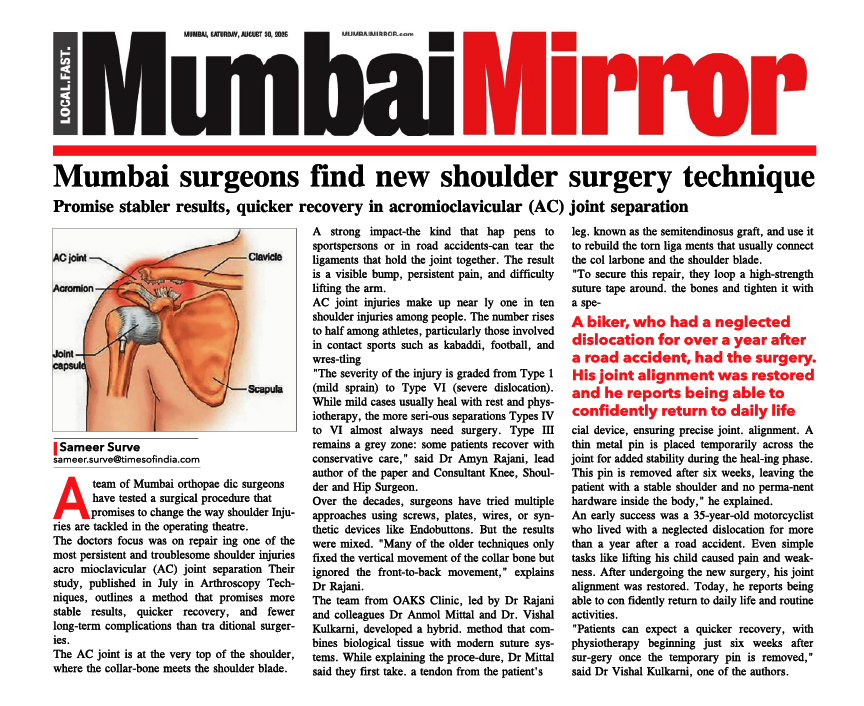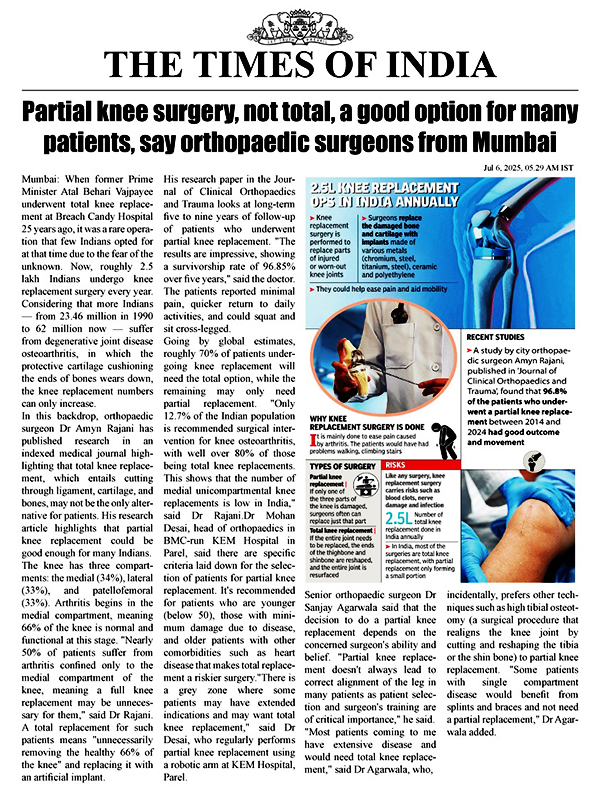Anatomy of Iliotibial Band (IT Band):
Anatomy of Iliotibial Band (IT Band):
The Iliotibial Band is a tendinous structure that proximally (on top) is attached to a short muscle of the pelvis called the Tensor Fascia Latae and runs down the side of the thigh and gets attached distally (lower down) to the outside edge of the Tibia (shinbone). A bursa is present between the Femoral Condyle and the Iliotibial Band. Normally, this bursa lets the tendon glide smoothly back and forth over the edge of the Femoral Condyle as the Knee bends and straightens.

Introduction:
The irritation of the bursa between the Iliotibial Band and the lateral Femoral Condyle is called the Iliotibial Band syndrome.
Causes:
As the Knee bends and straightens the Iliotibial Band glides towards the front and back of the lateral Femoral Condyle. Excessive and repetitive activities like running, jogging causes the ITB to repeatedly snap over the lateral Femoral Condyle leading to irritation of the bursa.
Both Varus (bow legs) and Valgus (knocked Knees) can worsen the syndrome due to the excessive stretch on the IT Band.
Risk Factors:
- Running downhill
- Running on hard surfaces (e.g. track)
- Running long distances
- Low body fat
- Varus Malalignment
- Valgus Malalignment
Clinical Findings:
Pain in the outer side of thigh, snapping and popping sound on bending and extending the knee.
Special Tests:

Ober’s Test:
- Patient lies on side, unaffected side down
- Flex unaffected hip and Knee to 90 degrees
- Abduct and extend affected leg to be level with body
- Adduct the affected Knee
Findings suggestive of IT band Syndrome:
- Difficult adduction of affected Knee
- Lateral Knee pain on attempted adduction
Management
Conservative Management:
- Rest, Ice
- Antiinflamatory drugs
- Iliotibial band coticosteroid injection (at maximal tender point on femoral condyle)
Surgical Management:
- Surgical release of posterior 2 cm of IT band
Rehabilitation:



